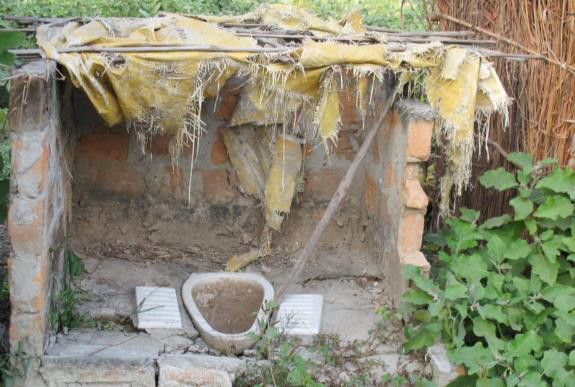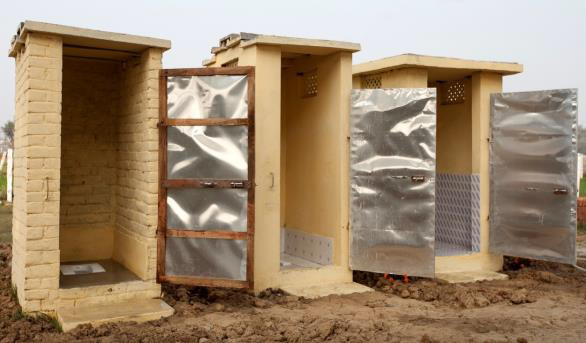How Collaboration Led to 20,000 Toilet Sales in India – and Counting!
|
A toilet as an aspiration? In countries where we take flushing for granted, this perspective might be hard to understand. But when family finances are so scarce that school fees, nutritious food, and even basic health care stretch income beyond its limits, a toilet is often an unattainable extra: It would be nice, not to mention help keep my family safe and healthy, but how can I even begin to afford it? Further, when open defecation is a routine behavior—a mobile phone in hand while venturing out in the field at dawn is a usual sight—how can you sell toilets that are aspirational and affordable?
PSI and PATH have been working in rural India to help families bridge this gap between aspiration and ownership. Considering not only income limitations but also the preferences and needs of poor communities in Bihar, our collaboration has helped build a market for the sale of 20,000 toilets that are designed to be cost-effective and user-friendly—and we're just getting started. Financing options, coupled with user-centered design, will remain essential as we aim to advance our impact to 150,000 homes.


(Top photo) A typical latrine in Bihar, for those who could afford to construct it. Durability, privacy, and security were among key user requirements for an updated, aspirational design. Community members evaluated the updated designs (bottom photo) and provided important input.
PSI dug deep to find out where the supply chain failed consumers. One example is the sprawl of materials, often spread among more than 10 separate vendors - from bricks to build walls and cement rings to line the pit to materials to construct a roof and latches to secure the door.
Applying PSI's market evaluation and a rapid user assessment, PATH worked with families, community leaders, and manufacturers to design a toilet based on what was essential, what was practical, what was appropriate, and also aspirational. PATH continually iterated and refined the manufacturing process from a disparate set of material suppliers to an efficient, semi-centralized approach focused on consistently producing high-quality latrines. We added design features that garnered appreciative feedback from users, like handles to help children and older individuals balance; a shelf to hold soap or menstrual hygiene products, or to stash a mobile phone. One particular interview with users took an interesting turn during a lashing rainstorm: the importance of a strong, durable design was impossible to ignore once five adults (plus one small boy) piled into a model latrine to escape the elements!
We were then able to go to market with an innovative design for a toilet that reduced the cost by about $200 on the typical toilet in Bihar. But even with a price reduction plus more aspirational design and marketing, a toilet remains out of reach for many. Existing financial systems were inadequate; for example, the Indian government provides a sanitation subsidy, but only after a toilet is built. To take that first step, families often need a loan, but no sanitation loan products existed.
PSI helped facilitate loans to sanitation entrepreneurs, which allowed them to partner with other vendors to organize labor and materials. They can manufacture more products, too, and pass savings onto consumers. In collaboration with Friends of Women's World Banking as fund manager, PSI was able to infuse cash into microfinance institutions that made it possible for households to take out loans to purchase a toilet. Usually microfinance loans are reserved for income-generating activities, but this alteration in terms allowed for direct loans to consumers, and provided many families access to an essential product that would ensure better health for their community.
Manufacturers added pivotal perspectives on materials, supply logistics, production processes, practicality, and affordability.
Calling Bihar rural can be a misnomer: Communities are dense, and homes are grouped closely. Living in such proximity, environmental health issues affect everyone, and people have to look out for one another. Without broad sanitation coverage, pathogens remain in the environment, and even those with toilets are exposed. That is why 20,000 toilets are not enough. That is why we will continue pushing for total coverage, keep breaking down barriers, overcoming challenges, and working with communities to find innovative sanitation solutions.














